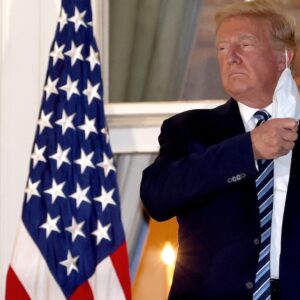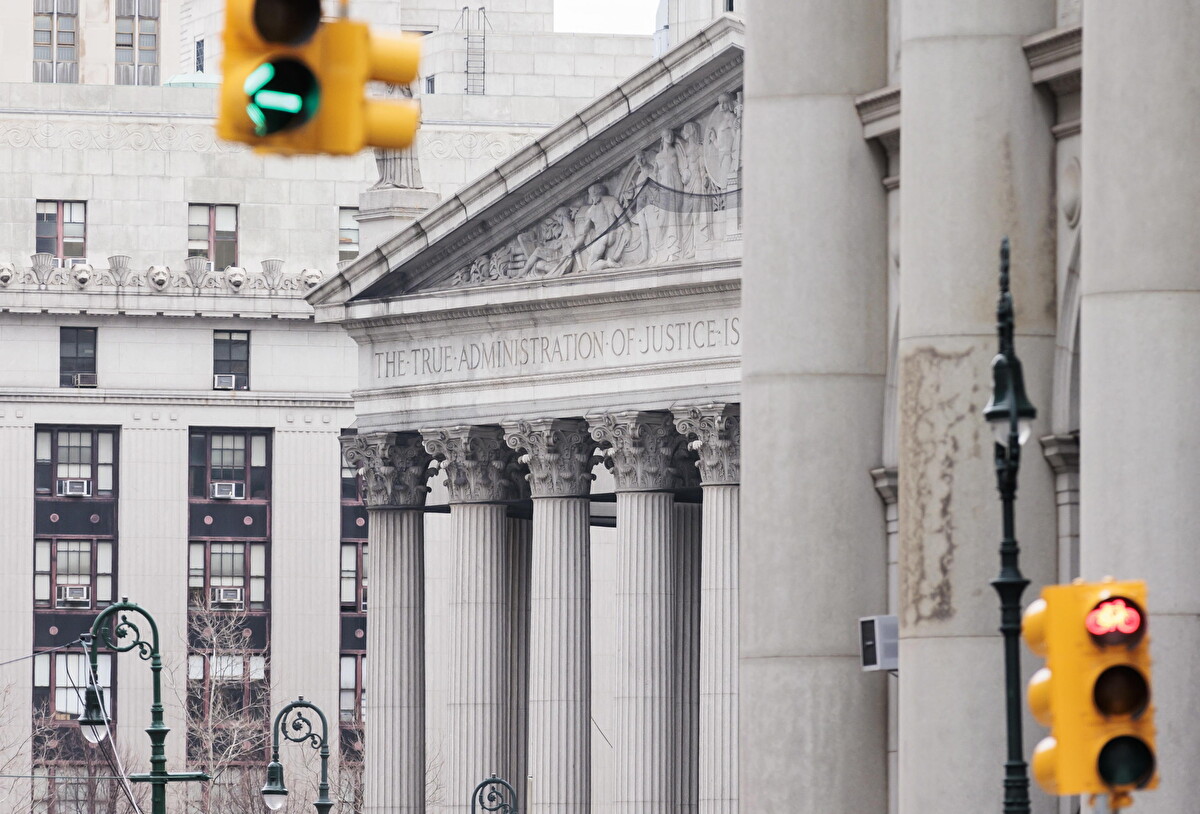The disturbing persistence of the pandemic, which is overwhelming Europe with its second wave, has brought back on the Italian front pages the controversy on the restrictions wanted by Prime Minister Conte, who, one decree at a time, is tightening controls. After months when the focus temporarily shifted to other issues, such as school reopening and the matter around the Recovery Fund, in the past few days we’re back to talking about the basic preventative measures of ‘Pandemic 101’: masks everywhere, hand sanitizer, social distancing.
The scientific consensus on these measures is unanimous , and still we all know examples, notorious or not, of people who don’t respect recommendations, sometimes even making it a matter of principle (‘No Mask’ movement, we’re looking at you!). Many pieces of the puzzle fall into place together forming the picture of the behavior of the population during the pandemic. Scholars in medicine and psychology all around the world have gathered data and analyzed samples of thousands of people to try to understand what differentiates those who follow the rules and those who don’t, the mask wearer and the non-mask wearer.
The first question is intuitive: is it maybe a matter of individual character? One of the main personality theories, although certainly not the only one, is the Big Five Theory. It’s a sort of photograph of the personality based on five crucial dimensions which influence the behavior in all spheres, from economic decisions to carrier choices, to anti-COVID measures. Apparently, yes. Some studies prove that individuals with high levels of conscientiousness and agreeableness tend to follow health directives more scrupulously, keep their distance and tightly secure the elastics of their masks behind their ears. On the other hand, those who score high on the extroversion scale have a particularly hard time keeping the correct social distances

So far, there’s nothing new here: conscientiousness is the tendency to be attentive, cautious, and reliable; agreeableness reflects condescension, conformity to rules, the inclination to help others. Extroversion is characterized by the tendency to draw energy from interactions with others, actively seeking contact with the outside. In conclusion, we have discovered sliced bread, no disrespect to the work of the researchers.

A second interesting question: is there maybe a relation between sanitary behaviors and cognitive factors? Once again, the answer seems positive. A study conducted on a US sample has indeed found that the adherence to prevention practices relates to a construct called, in psychology, working memory. Working memory is the capability to keep in mind multiple pieces of information, to decide how to behave in the most appropriate way. In our case, for instance, to acknowledge simultaneously one’s needs and the limitations to be respected in order not to put at risk anybody’s health.
Another curious point: fundamentalist and conservative religious people have, at least initially, ignored and sometimes criticized preventive rules against COVID. A link was found between individual religiosity and the tendency to put in place irrational behaviors, such as buying large quantities of toilet paper or barricading oneself at home with an annual supply of canned soup.
Small bits of information, that maybe accentuate the lights and shadows in a painting that, however, has a clearly very different subject: the quality and quantity of news received.
Researchers agree that the frequency of sanitary behaviors correlates with exposure to the media and to scientific data and the . The quality of the consumed information cannot be underestimated. Research conducted in Italy during the first month of the lockdown found that having non-scientific beliefs on COVID-19 relates with higher levels of personal distress, such as anxiety or depression.
Unfortunately, at this point, it’s necessary to get into the conversation about politics. Politics has certainly played its part. For once, let’s not talk about the usual suspects, let’s take an exotic twist and look at Canadians: in Québec, between May 11th and 12th the population who reported wearing a mask in the polls doubled. What happened? Well, on May 12th Premier Légault started wearing a mask. The value of the example offered by world leaders is undeniable.

Maybe it’s the politicization of the pandemic that allows us to distinguish the US attitude toward safety measures from that of Italy, which has gone from being the “specter of a dystopian future” to being the role model for other countries (for once!). In Italy the main political forces that have minimized the danger of the situation, and occasionally violated the sanitary norms prescribed by the scientific committee, are opposition forces, confined therefore to a position of relative “disadvantage”, at least in the traditional media. On the other hand, in the United States, it was the Trump administration itself to give conflicting information and to foster uncertainty.
The highly reputable scientific journal Nature, which only recently started to publish fiery political editorials after decades of respected unbiased work, last week came out with an article called “How Trump damaged science”, in which Jeffrey Sharman, epidemiologist from Columbia University, even refers to the president’s work as “not just ineptitude, it’s sabotage”. The statistics are on their side: those who trust Trump don’t trust official news , including scientific news .
I talked to Dr. Stojanovic, who at the Montreal Behavioural Medicine Centre follows one of the few global research projects about the response to the emergency and whose results will soon be available online. Although the data are still preliminary, and must thus be interpreted with caution, the research shows that Italians considered the World Health Organization their main source of information. Meanwhile, in the US, instead of science, the main origin of knowledge is TV, radio, or online news media. The research doesn’t say anything about it, but naturally one would think that Trump’s decision to defund the WHO may have had an impact.
The data showing that the rift existing among the public on Covid-19 is based on political orientation is very suggestive and demonstrates how efficiently the whole pandemic was politicized in the US. Once again, reading the raw statistics, there is the feeling that there are two Americas that while they may cohabitate, they nevertheless share very little else. Republicans trust what they are told by the Trump administration more than Democrats , they are much more optimistic on the economic fallout we can expect a year from now, because they are convinced that the worst is behind us, and that the situation isn’t as serious as their democratic neighbors see it. Conversely, the Democrats use official sources a lot more than Republicans to get their information outside of what Trump communicates. They are a lot more convinced of the importance of individual actions in reducing contagion, of the importance of mask-wearing and social distancing. They report higher levels of trust in scientists, to whom they would also like to delegate government decisions.
In Gettysburg, PA, one week ago, at the most historic site that the United States has to offer a speaker, Joe Biden gave a campaign speech about the urgency of healing these divisions and keeping together these two diametrically opposed Americas, stressing the importance of unifying the nation once again behind the importance of science. On this matter, the United States truly cannot afford to be “a house divided” any longer.












